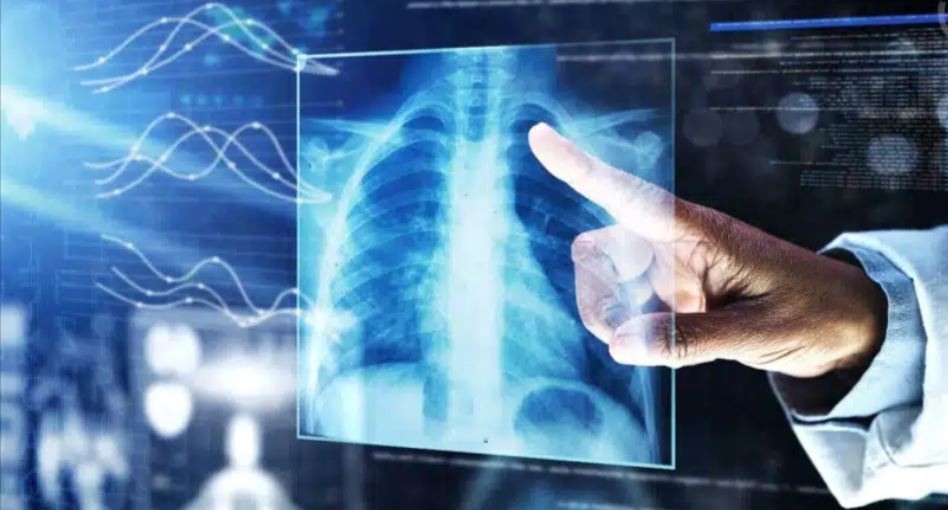A groundbreaking study by researchers at the University of Lübeck in Germany has revealed that Artificial Intelligence (AI) could significantly enhance early detection of breast cancer, potentially improving detection rates by 17%. This technological advancement holds promise for transforming the fight against the most common cancer affecting women worldwide.

According to recent global statistics, more than 2.29 million women were diagnosed with breast cancer in 2022 alone, solidifying its position as the leading cancer among women. Experts emphasize that early detection is crucial, with AI technology offering a game-changing approach that could save thousands of lives.
The study, reported by The Indian Express, highlights AI’s potential to outperform traditional screening methods, which rely heavily on radiologists manually reviewing mammography images—a process that is both time-consuming and susceptible to human error.
The research involved 119 radiologists who screened 460,000 women aged 50 to 69 between 2021 and 2023. The participants used either conventional screening methods or AI-assisted technology. The findings were striking: AI-assisted screenings detected 6.7 cases of cancer per 1,000 women, marking a 17.6% improvement over traditional methods.
Moreover, AI-assisted readings confirmed cancer in 65% of biopsies, compared to 59% with traditional screenings. The study also demonstrated that AI reduced radiologists’ workload, enabling a 43% faster reading time without sacrificing accuracy. This efficiency could lead to earlier and more reliable diagnoses, crucial in managing breast cancer effectively.
Researchers stress that AI is designed to complement, not replace, radiologists. By streamlining the detection process, AI can help radiologists focus on more complex cases, ultimately enhancing the overall quality of care and increasing the chances of early intervention.
This study underscores the transformative potential of AI in healthcare, particularly in improving outcomes for breast cancer patients, and marks a significant step forward in the integration of advanced technology in medical diagnostics.










